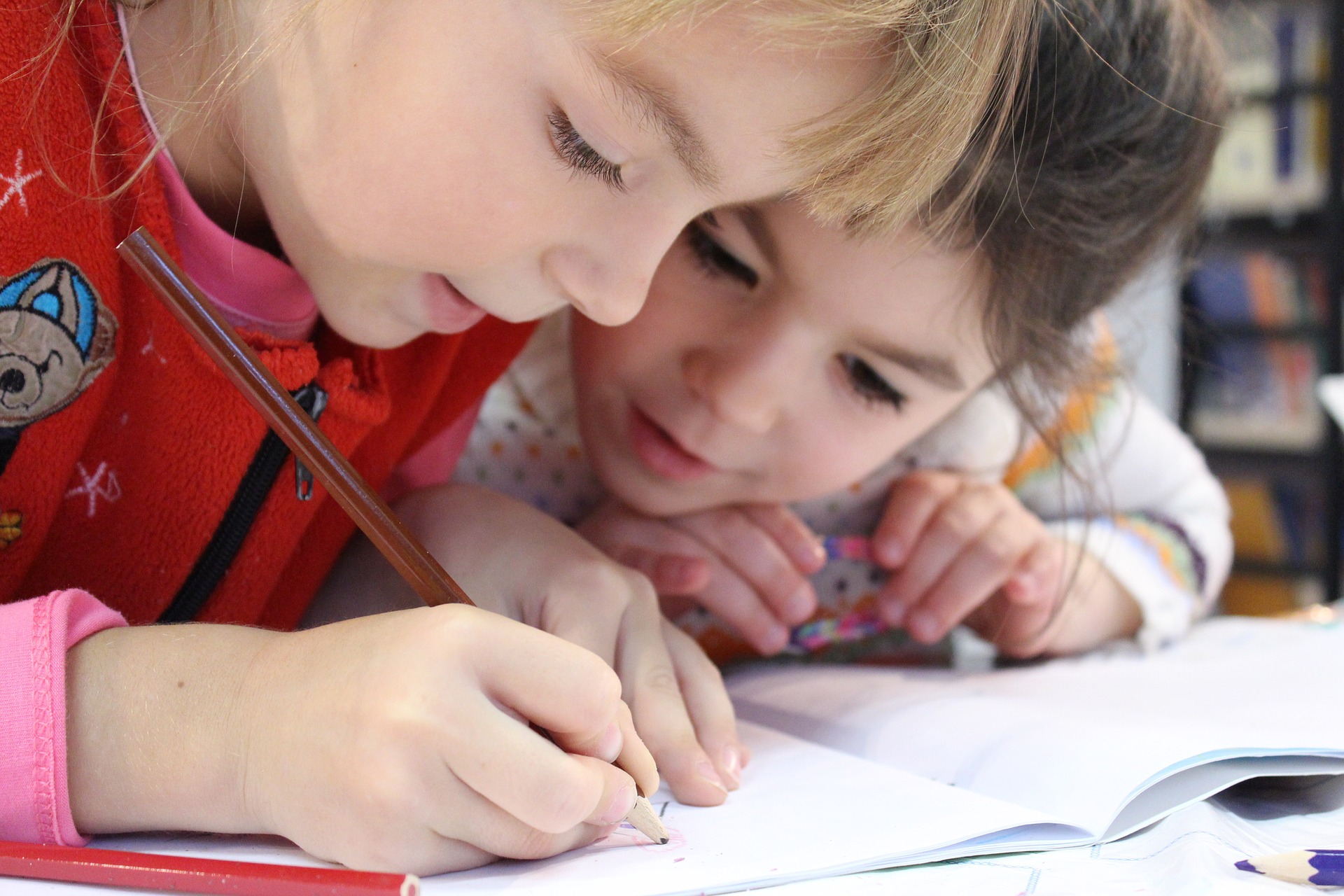Mindful Movement for Children
Written by Kim DeMoss
When we think about yoga-based practices, it’s often with the thought that it’s for adults in a studio setting, but it isn’t just for adults. Children can benefit greatly from a regular practice too! Our children are under a lot of stress and pressure with the demands of school work, extracurricular activities, social activities and more. They may not even understand what stress really is, but providing a positive outlet is vital to the health and wellness of our kids. The benefits of mindful movement for children are abundant.
I have found that introducing mindfulness and yoga-based practices early can help children learn techniques to help with their ability to focus, build self-esteem, promote relaxation, develop body awareness and improve their confidence and self-image. Yoga is a powerful tool for children to express themselves physically, mentally and spiritually and calm the chaos of constant stimulation from their normal routines. Mindfulness and yoga-based movement is a low cost tool for a child’s health and well being that can guide them into a healthy lifestyle as they grow.
Physically, yoga builds strength and flexibility through movement and pose sequencing. This creates long and lean muscles that help support a growing skeletal system. Strong bodies not only help with the physical activities of childhood, but they also help support the functions of the body on the inside. Not to mention that our kids are getting an anatomy lesson each time they step on their mats. Body awareness is key to learning how to affect change in our own bodies and connect with what’s going on around us. An added bonus is that when they are holding a challenging pose, they are working on focusing their energy and learning how to integrate multiple things at once.
Mentally, the benefits are even greater. When we are taking time to be consciously aware of our breath, we are connecting with our mind and body and reducing the stressors around us. This helps build concentration, teaches focus, and promotes stillness in an otherwise loud world. Breath work and meditation practices, in combination with the physical practices of yoga, creates a perfect balance of mind body wellness, which is equally important for children as it is for adults.
It’s important to note that children learn through multiple avenues and a children’s yoga class can vary greatly depending on the goal at hand. We as parents and educators should be merely a guide and let the children create their own path towards the goal for the day. When I first began teaching children’s yoga, I always had a plan and quickly learned that sometimes those plans didn’t work. Be flexible and patient and remember that the journey is just as important as the destination. I have found that having a theme is better than having a concrete plan because you can feed off their energy without getting frustrated.
For younger children, yoga should incorporate lots of songs, games, books and stories. When younger children get into poses like downward dog, cat, and cobra, allow them to be vocal and make the corresponding animal noises and have fun getting into each pose. For older children, try getting them involved in creating the yoga practice.
Offering older children more balance poses will give them more room for growth and adaptation in their ability to execute the more advanced poses. You can also turn the practice into an anatomy lesson, focusing on certain muscle groups or learning how our body supports us in a specific pose. Again, regardless of age, keep yoga fun and lighthearted. The whole point of a children’s yoga practice is to help them create their own space and be comfortable in it, so have fun with it and watch your children grow.
Try the short practice below as a family!
Begin in an easy seated position
Take 2-4 minutes to focus on the rhythm of your breath.
Inhaling and exhaling through your nose.
Have your child create a positive manta or affirmation for the practice.
Take 3-5 breaths in each of the following poses.
Begin with cat and cow pose to warm up the back and spine.


Move into downward dog

Step forward into a lunge with the right leg.
Step feet together and hang like a rag doll.


Step both feet back to downward dog and repeat lunge sequence on the left side.

Step forward into a lunge with the left leg.
Step feet together and hang like a rag doll.


Step both feet back to downward dog.
From downward dog, drop the knees to the floor and sit back into child’s pose.


Finish with an additional 2-4 minutes for relaxation pose.
Lying on your back with arms by your side and eyes closed.
For young children, have them envision their favorite color washing over their body to help them relax.

BECOME MINDFUL WITH US
Sign up for our monthly newsletter in which we share ways to incorporate simple mindfulness hacks and tools into your daily life!





